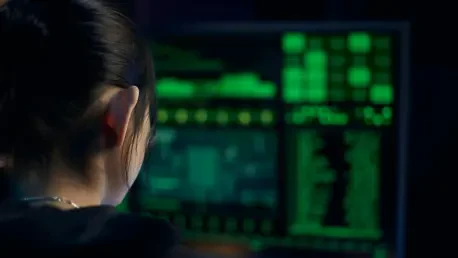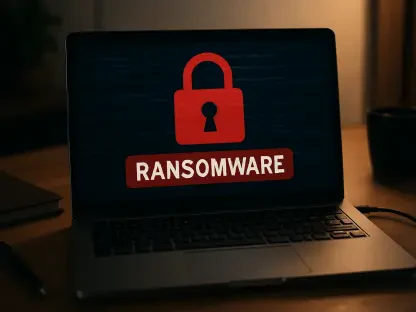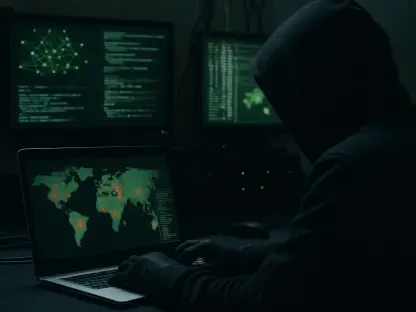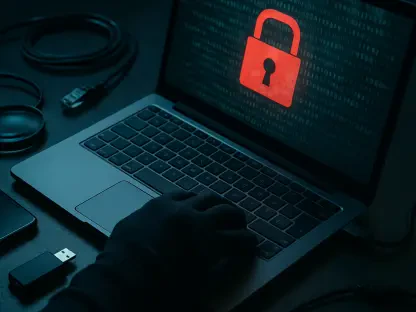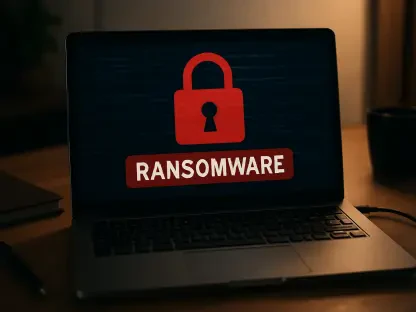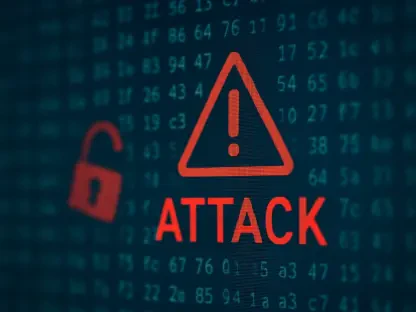Rupert Marais has established himself as a leading expert in cybersecurity, with a focus on endpoint and device security, comprehensive cybersecurity strategies, and effective network management. With insights into how longstanding vulnerabilities can create havoc in the digital space, Rupert’s expertise provides invaluable perspectives. Today, we delve into the critical security flaw discovered in the Roundcube webmail software, understanding its implications and exploring strategies for safeguarding systems against such vulnerabilities.
Can you explain what Roundcube webmail software is and its significance in the cybersecurity field?
Roundcube is an open-source Webmail client that facilitates email communication over the internet. Its significance in cybersecurity primarily stems from its widespread adoption among users and institutions globally, making it a valuable target for malicious actors. The software’s vulnerabilities can expose sensitive data and systems to significant risks, emphasizing the need for diligent security measures.
What is CVE-2025-49113, and how was this critical vulnerability discovered?
CVE-2025-49113 is a critical vulnerability within Roundcube that enables authenticated users to execute arbitrary code through PHP object deserialization. Kirill Firsov, founder and CEO of FearsOff, discovered this flaw, highlighting serious security implications considering how it enables actors to gain unauthorized control over systems.
How long has the CVE-2025-49113 vulnerability been present in Roundcube, and why did it remain undetected for so long?
This vulnerability has lingered undetected for approximately ten years. Its prolonged presence owes to the complexity of PHP object deserialization, which masked the issue from conventional security measures and tests, thus allowing it to evade discovery until now.
What does a CVSS score reflect, and why does CVE-2025-49113 have a score of 9.9 out of 10?
A CVSS score quantifies the severity of a vulnerability based on criteria like impact and exploitability. CVE-2025-49113 scored 9.9 due to its potential to permit remote execution of arbitrary code, signifying high risk and exploitability that could allow adversaries to control affected systems fully.
Could you elaborate on the term “post-authenticated remote code execution via PHP object deserialization”?
This term describes a scenario where an authenticated user, once logged in, can leverage inadequacies in PHP’s object handling to run custom code. The flaw allows interference in the webmail software’s normal operations, potentially corrupting sessions and enabling unauthorized actions.
Which versions of Roundcube are affected by this vulnerability, and what updates have been made to fix it?
The vulnerability affects all versions before 1.5.10 and 1.6.x up to 1.6.10. It has been patched in versions 1.5.10 LTS and 1.6.11, with updates designed to rectify the underlying issues that permitted the flaw’s exploitation.
Who is Kirill Firsov, and what role did he play in identifying this vulnerability?
Kirill Firsov is the founder and CEO of FearsOff, and he was instrumental in identifying CVE-2025-49113. His work has been crucial in bringing attention to the security risks posed by the vulnerability and advocating for necessary updates and protections.
What are the implications of releasing the technical details and proof-of-concept (PoC) for CVE-2025-49113?
Releasing the PoC and technical details presents a dual-edged sword: it aids in fortifying defenses as organizations better understand the vulnerability; however, it simultaneously risks exploitation by ill-intentioned parties who may attempt to leverage the flaw before protective measures are universally implemented.
Can you discuss previous instances where Roundcube vulnerabilities were exploited, particularly by nation-state threat actors?
Roundcube has garnered attention from nation-state threat actors due to its strategic value. Actors like APT28 have previously exploited Roundcube vulnerabilities, engaging in attacks such as phishing to steal credentials and gain access to sensitive information from governmental and defense sectors.
How did Positive Technologies reproduce the CVE-2025-49113 vulnerability, and what recommendations did they make to users?
Positive Technologies successfully recreated the vulnerability to assess its impact, subsequently urging users to update to the latest Roundcube version promptly. They recommended continuous monitoring of file uploads and session activities to address potential exploitation vectors associated with the vulnerability.
What does FearsOff mean by describing CVE-2025-49113 as “email armageddon,” and what are the potential consequences?
Describing the vulnerability as “email armageddon” underscores its widespread and severe impact, potentially affecting over 53 million hosts. Such vulnerabilities can result in catastrophic breaches, leading to system compromises and extensive data losses across sectors dependent on email communication.
How does PHP object deserialization contribute to this vulnerability, and why is controlling the session variable important?
PHP object deserialization is a process that can unwittingly introduce security flaws if not handled correctly. In the case of CVE-2025-49113, inadequate parameter sanitization allows attackers to embed malicious code. Controlling the session variable is crucial to maintaining data integrity and preventing unauthorized system access.
In light of this vulnerability, what kind of monitoring should organizations implement to protect their systems?
Organizations should adopt vigilant monitoring protocols, such as tracking file uploads and scrutinizing session activities continuously. Employing predictive analytics can also aid in identifying potential threats by recognizing unusual patterns or deviations indicative of exploitation attempts.
Do you have any advice for our readers?
Stay informed about the latest updates and security patches for your systems, and cultivate a proactive security culture within your organization. The key to mitigating vulnerabilities like CVE-2025-49113 lies in constant vigilance and adaptation to evolving security landscapes.
